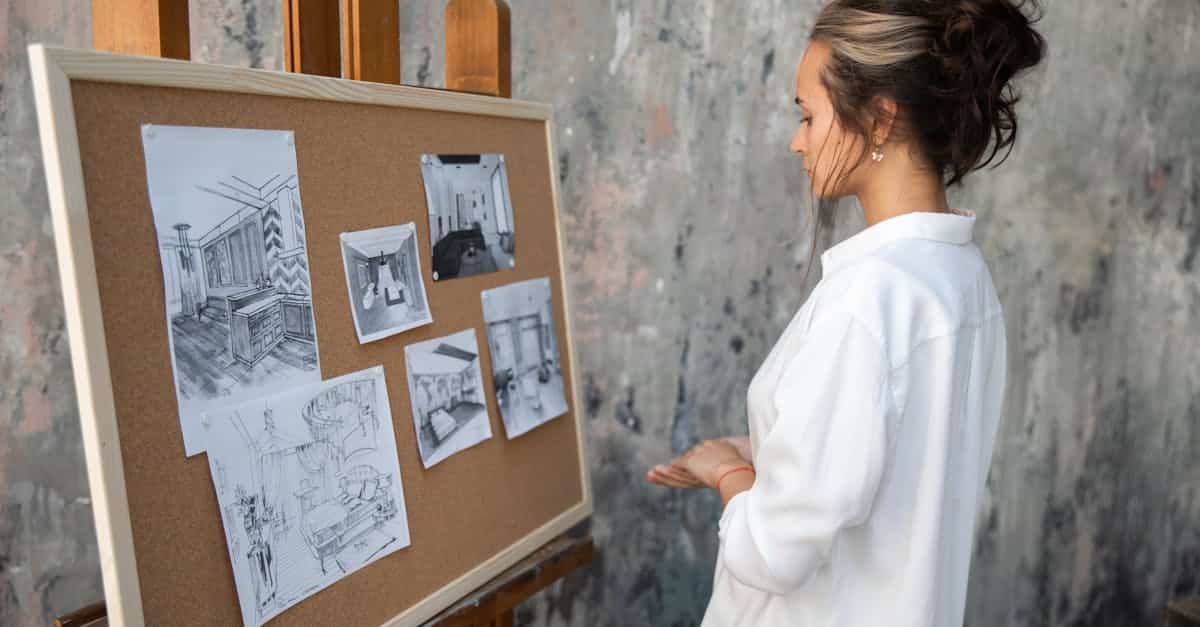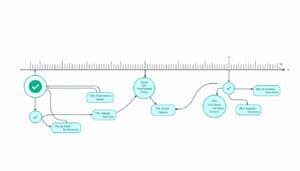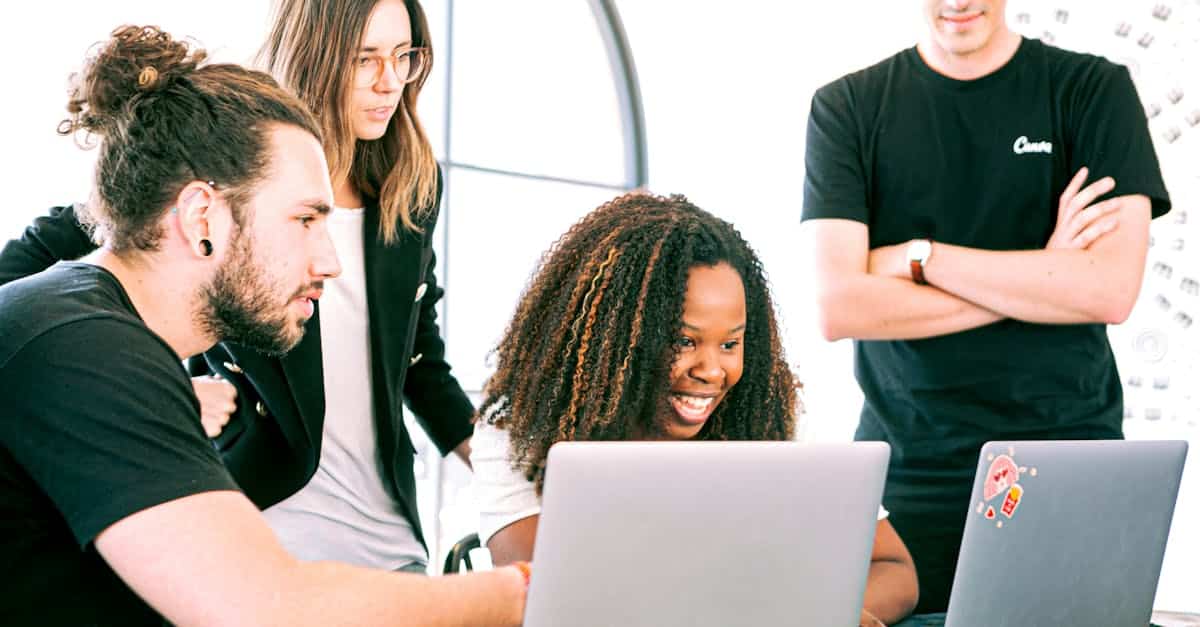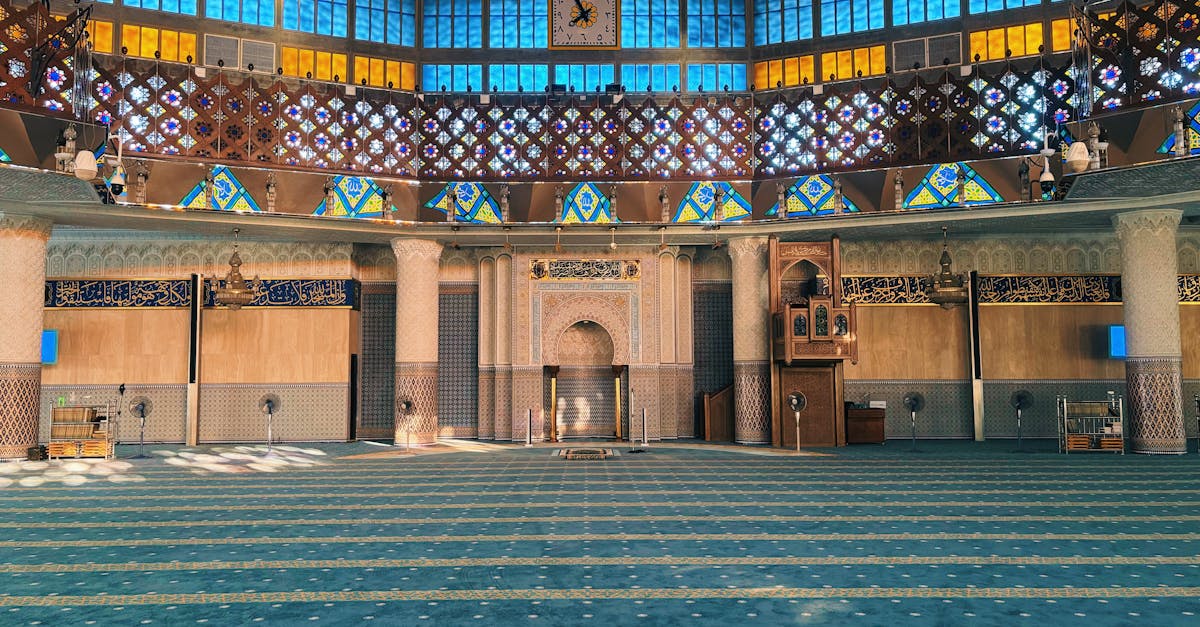The creative exploration is a dynamic process that allows for the exploration of new ideas and finding innovative solutions to the challenges encountered. It manifests itself through various dimensions, whether artistic, scientific, technological, or social. Engaging in this approach involves going through phases such as inspiration, ideation, experimentation, and evaluation. Understanding its importance is essential, as it fosters innovation, resilience, and personal growth. By learning to navigate its methods and challenges, we open the way to authentic and enriching expression.
🔥 Nous recommandons Ideamap
Ideamap est l’outil idéal pour un brainstorming ou un projet collaboratif. Grâce son interface facile et à ses fonctions IA, Ideamap booste votre créativité tout en favorisant une meilleure organisation de vos idées pour atteindre vos objectifs.
Glossary on Creative Exploration: Definition, Importance, and Methods
The creative exploration represents a fascinating and dynamic process where individuals or groups strive to innovate, experiment, and discover original solutions. This quest is not limited to a particular field; it extends to various sectors such as arts, sciences, technologies, and even daily life.
To better understand this notion, it is essential to define its different dimensions. Creativity is not confined to a single form of expression. It has several facets: artistic, where individuals express themselves through painting, music, dance, or literature; scientific, which requires an innovative approach to solve complex problems and advance knowledge; technological, where innovation is essential for the development of new products and services; and finally, the social dimension, which uses creativity to find innovative solutions to community problems.
Creative exploration can also be divided into several key phases. The first is the inspiration phase, where curiosity and observation of the environment nourish ideas. This can be the result of personal experiences, reading, or travel.
Next, we approach the ideation phase, which involves generating a maximum of ideas without self-censorship, often using techniques such as brainstorming or mind mapping (see methods on developing creative ideas for more details).
The next phase, that of experimentation, consists of testing these ideas by creating prototypes or pilot projects. This allows for determining what works and what needs to be adjusted.
Then comes evaluation and iteration. In this stage, an analysis of the results is conducted to improve the initial ideas. This phase is crucial for refining concepts and making them more viable.
Despite the benefits of creative exploration, several obstacles may arise along the way. The fear of failure is one of the main reasons that can inhibit creativity, hence the importance of cultivating an environment where failure is seen as a learning step. Similarly, conformity and social expectations can hinder originality, making it crucial to support unconventional approaches.
The lack of time is also a barrier. In a world where everything moves very quickly, dedicating moments to creative exploration is essential to encourage innovation.
Finally, let us highlight the importance of creative exploration. It is the engine of innovation, allowing for the creation of unprecedented solutions and improvement of existing practices. Moreover, creativity is essential for developing adaptive skills in the face of uncertainty and change, while also allowing for achieving personal satisfaction through artistic or innovative expression.
In summary, creative exploration is an endless adventure that enriches our understanding of the world, fostering authentic expression and a promising future through its multiple dimensions and methodologies.

FAQ on Creative Exploration
A : Creative exploration is defined as the process by which an individual or a group seeks to innovate, experiment, and discover original solutions to problems or new ideas.
A : It manifests in various areas such as the arts, sciences, technologies, and even in daily life.
A : Creativity can be artistic, scientific, technological, and social, each dimension offering opportunities for innovation and personal expression.
A : The phases include inspiration, ideation, experimentation, and evaluation as well as iteration.
A : Obstacles include the fear of failure, conformity, and lack of time to explore and experiment.
A : Creative exploration is crucial because it stimulates innovation, develops resilience, and offers personal satisfaction through creative expression.














